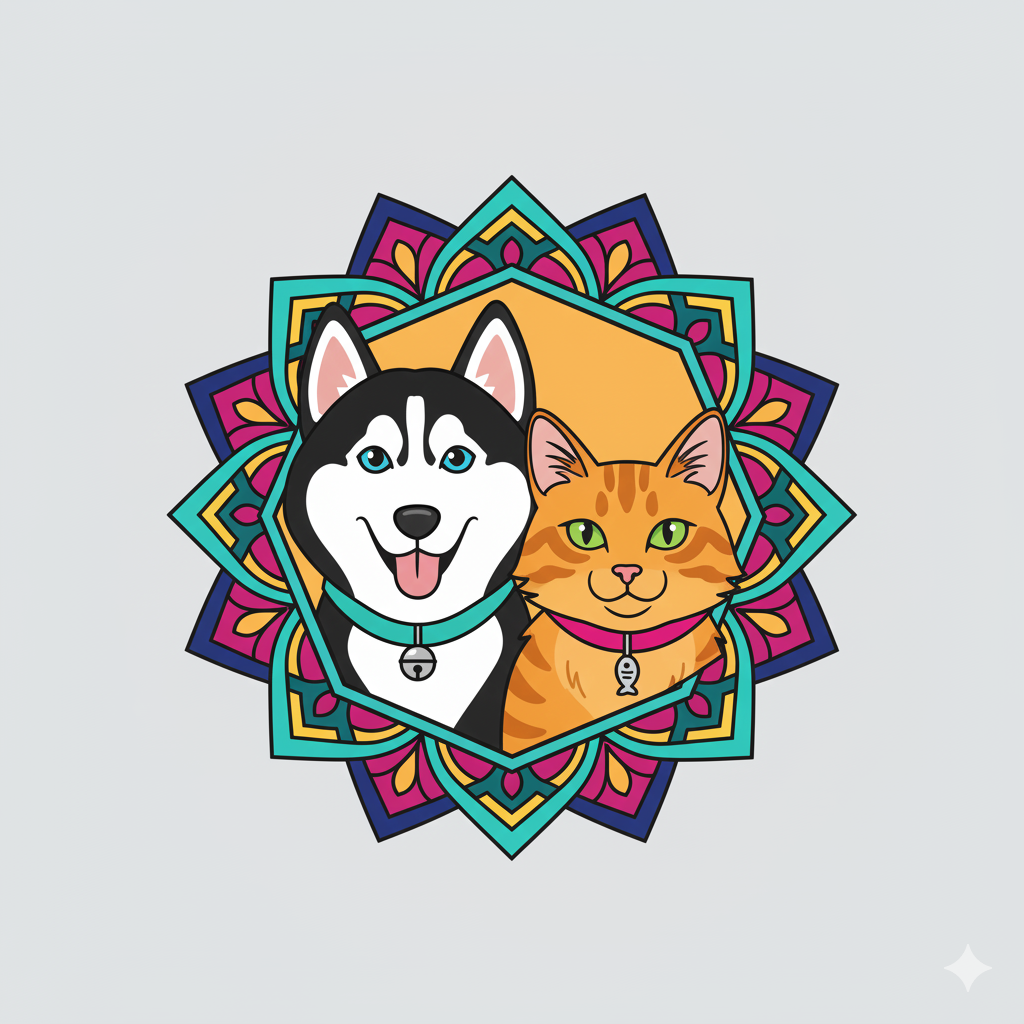Defining the British Cat: Key Physical Features
The British Shorthair stands out among cat breeds due to its unmistakable physical traits. One of the most recognizable is its distinctive round face paired with notably chubby cheeks, contributing to an expression that is both charming and approachable. These facial features give the British cat a warm appearance that many find endearing.
Another hallmark of the British cat characteristics is its plush, dense coat, often described as feeling velvety to the touch. This thick fur not only provides insulation but also adds to the breed’s luxurious look. British Shorthairs exhibit a variety of eye colours, ranging from copper to deep gold, adding a vibrant contrast to their often solid-colour coats.
Topic to read : How Does the Behavior of British Shorthair Cats Reflect Their History?
Physically, this feline breed has a sturdy body structure, which is compact yet muscular. Compared to other breeds, the British Shorthair’s stockier build lends it a sense of strength and stability. These unique feline features combine to make the British Shorthair easily identifiable, appealing, and a favorite among cat enthusiasts worldwide.
Signature Temperament and Personality
The British cat temperament is widely admired for its calm and laid-back disposition. This cat breed personality typically exhibits a serene and composed nature, making British Shorthairs excellent companions in both lively and quiet households. Their relaxed attitude does not mean they are aloof; rather, they balance affection with a gentle reserve, particularly around strangers.
Also to read : How Can You Make Your Home Cat-Friendly?
British Shorthair behaviour is marked by a tendency to form strong bonds with their owners, often showing loyalty through soft purring and subtle gestures rather than overt clinging. They adapt well to indoor living, thriving in environments that offer comfort and stability. This breed is neither excessively energetic nor prone to destructive play, which enhances their suitability for indoor companionship.
Additionally, their behavior reflects an independent streak that allows them to entertain themselves when alone, making them ideal for people with varied schedules. The British Shorthair’s ability to adjust to new surroundings and people, although cautious initially, reveals a personality that combines trustworthiness with a gentle reserve. This unique blend ensures they remain affectionate without overwhelming their human families.
Quirky and Uncommon Behaviours
British cats often display unusual cat behaviours that set them apart from their feline counterparts. One striking trait is their preference for observing rather than engaging in active play. These cats are more likely to sit quietly by a window, intently watching the outside world, instead of chasing toys or darting around the room. This calm, contemplative nature reflects a unique feline trait associated with British breeds.
Another notable British cat habit is their generally quiet and gentle voices. Unlike other cats that may be quite vocal, British cats vocalise infrequently and softly. This subtle communication style can make it easier for owners to live harmoniously with them, appreciating their gentle presence without constant meowing.
Additionally, British cats often exhibit a rare behaviour when it comes to personal space. They have a “follow but not invade” tendency, meaning they might silently follow their owners from room to room but respect boundaries by not crowding them or demanding excessive attention. This balance between companionship and independence is a unique characteristic highly valued by owners who enjoy the company of a pet that is affectionate without being overly intrusive.
Together, these unusual cat behaviours highlight the distinctive charm of British cats and why their loyal owners find them so rewarding to have around.
Genetics, Origins, and Breed History
The British Shorthair boasts rich British cat origins dating back to Roman-era Britain, where its early ancestors were introduced as domestic companions. Its breed history notably intensified during the Victorian era, when selective breeding practices refined characteristics defining today’s British Shorthair.
Genetic traits play a pivotal role in the breed’s distinctive features, such as its robust size, dense coat, and calm temperament. These traits resulted from a combination of natural adaptation to the British climate and targeted breeding aimed at enhancing the cat’s stocky build and plush fur.
Over the centuries, the British Shorthair’s ancestry has been influenced by diverse genetic contributions, leading to their well-recognized appearance. This careful history of breed development contributed to its rise in global popularity, making it one of the most beloved and recognizable breeds worldwide.
Comparison with Other Cat Breeds
Understanding the British cat vs other breeds highlights distinct qualities that make this breed notably unique. British cats typically exhibit a robust build with dense, plush coats differing from the leaner physiques or silkier fur found in comparable breeds like the American Shorthair or Scottish Fold. The British cat’s round face and large, expressive eyes often create an unmistakable look, setting it apart from other common domestic cats.
When considering personality, British cats tend to be calm and moderately sociable, contrasting with more extroverted or active breeds. They are less prone to hyperactivity and exhibit a reserved yet affectionate demeanor, making them excellent companions in peaceful households.
Grooming needs and shedding also differ significantly across breeds. British cats require moderate maintenance due to their dense fur, which can shed seasonally. Unlike breeds with long, flowing coats needing daily brushing, British cats benefit from regular but less frequent grooming sessions to manage loose hair and maintain their signature plush coat.
In multi-cat households, British cats stand out due to their adaptability and tolerance. Their balanced temperament allows them to coexist peacefully with other felines, unlike some breeds that may be more territorial or demanding of attention. This trait often results in a harmonious environment where British cats integrate smoothly within the social dynamics of varied cat families.
